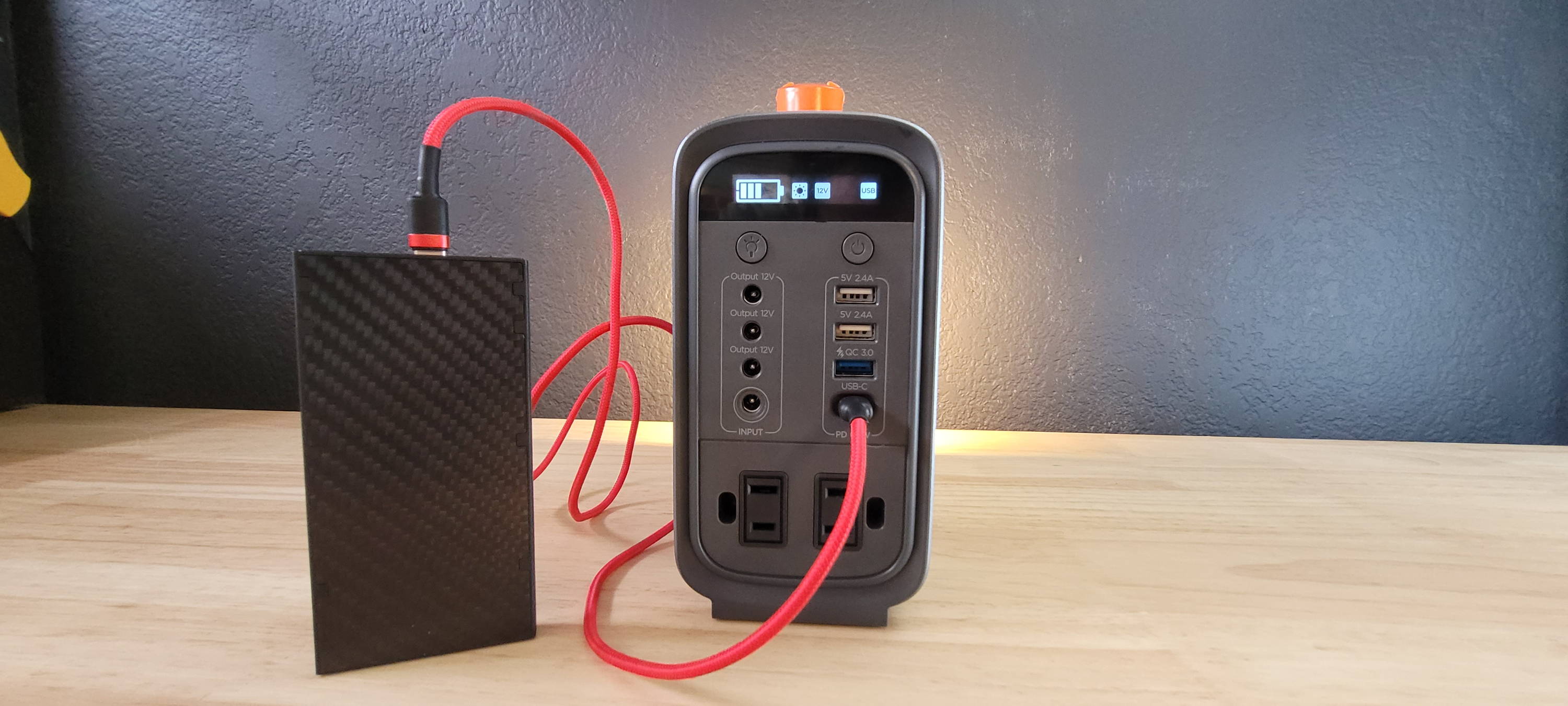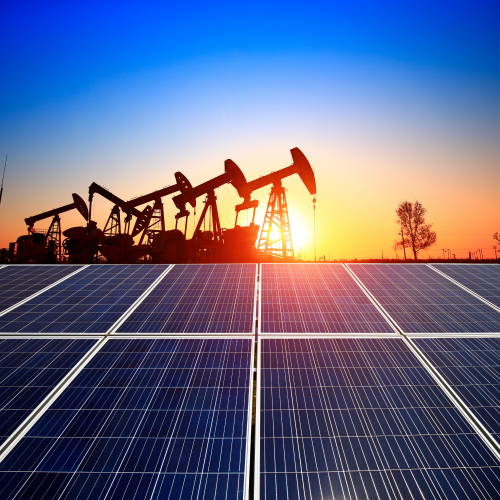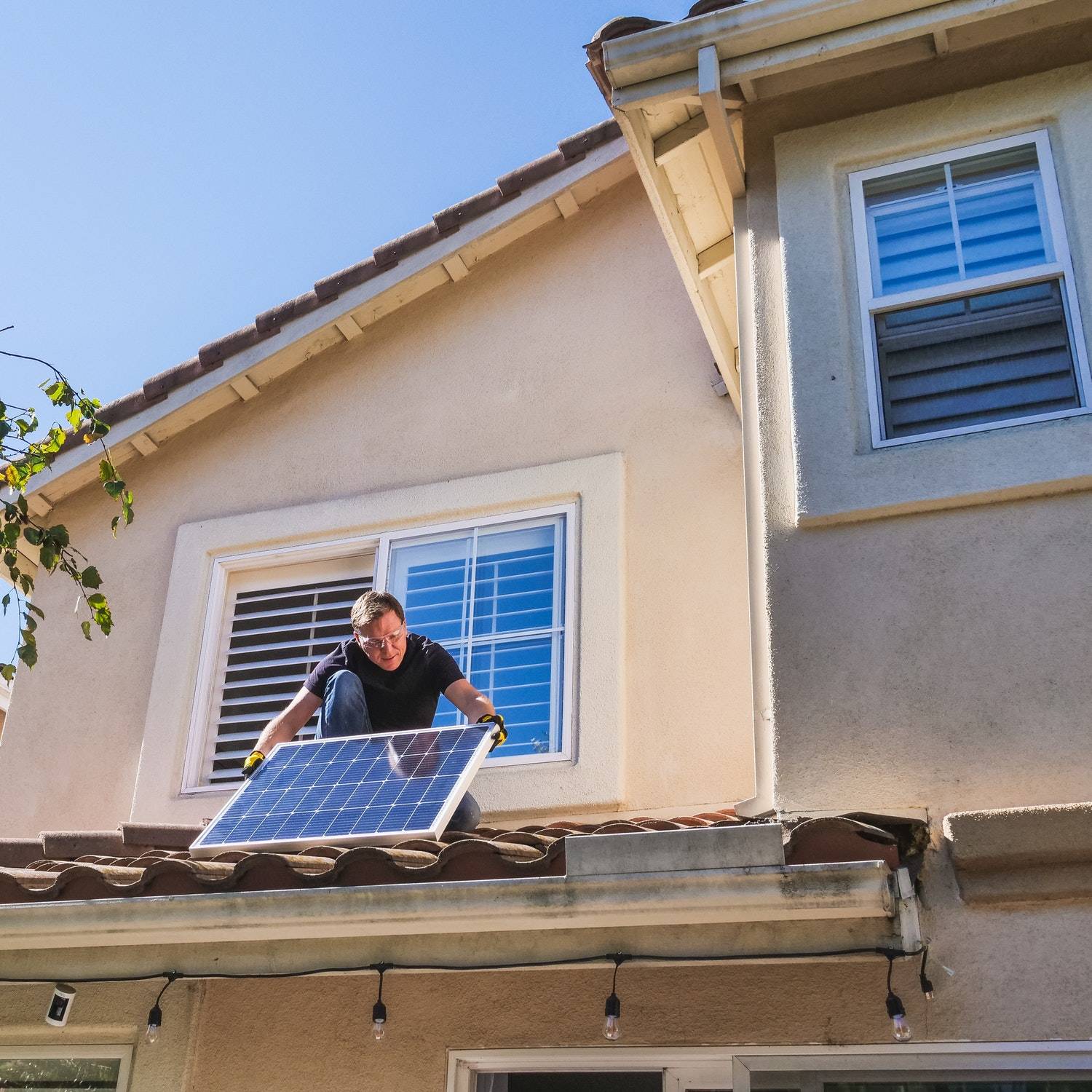Author: calina
Did I really need to charge a generator with a solar panel for 12 hours?
You must be intrigued and enthusiastic if you have only recently begun using solar electricity. Following the generator's charging instructions, you can't wait to use the solar panel to charge it for 12 hours, only to discover that the generator isn't fully charged. Is it the solar panel? Is there an issue with the product, or is it something else?
The first thing to check is if your solar panel's output voltage and wattage are within the generator's input range. It will not operate if it is not within this range.
We hope this post assisted you in making better use of outdoor power and enjoying nature.
You need to understand that there are two main factors that affect the output power of solar panels.
The rated power output of the solar panele
It denotes the highest amount of energy a solar system can generate in optimal conditions. The output can match the rated wattage if there is enough direct sunshine and peak hours. The higher the power, the faster your generator will charge.
Solar panel conversion rate
The conversion rate of a solar panel indicates how much sunshine it can convert into power. Remember that the conversion rate will never reach 100% due to changeable and inconsistent operating circumstances. The conversion rates of various solar panel materials vary.
Solar panel material types
Monocrystalline Silicon
Monocrystalline solar cells have a photovoltaic conversion efficiency of around 18 percent, with the maximum reaching 24 percent. It is the highest of all types of solar cells. They are sturdy and durable, with a lifetime of up to 25 years, but they are more expensive to manufacture.
Polycrystalline silicon
Although the manufacturing process for polycrystalline silicon solar cells is identical to that for monocrystalline silicon solar cells, the photoelectric conversion efficiency of polycrystalline silicon solar cells is substantially lower with a photoelectric conversion efficiency of roughly 16 percent.
Amorphous silicon
Amorphous silicon solar cells are a new form of thin-film solar cells that first appeared in 1976. The process is greatly simplified, silicon material consumption is minimal, and electricity consumption is relatively low, but the main problem with amorphous silicon solar cells is their low photoelectric conversion efficiency, which is around 10% at the advanced international level.

Finally, we also need to understand the peak solar hours.
The peak solar hour is the time when the intensity of solar irradiance (sunlight) reaches an average of 1,000 watts (W) per square meter (about 10.5 feet).
Put another way: One peak solar hour is equivalent to 1,000 W/m² of sunlight for one hour.
The sun does not shine at its maximum solar hour strength throughout the day, as we all know. Instead, depending on the time of day and the weather, the intensity of sunlight reaching the panel varies.
In the early morning and late evening, the sunlight may be below 500 W/m². In perfect conditions, such as bright, sunny noon, you may receive more than 1,000 W/m2, for example, 1,100 W/m2.







